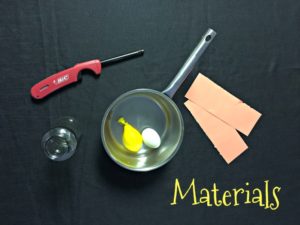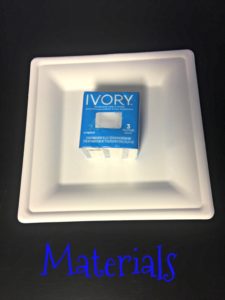Try a new twist on this classic experiment! Explore the properties of air pressure in this activity using a hard boiled egg or a water balloon. Remember, always ask an adult for help when handling fire.

Try a new twist on this classic experiment! Explore the properties of air pressure in this activity using a hard boiled egg or a water balloon. Remember, always ask an adult for help when handling fire.

Very few materials are needed to perform this impressive experiment. Explore how the stream of air from the blow dryer can cause a ping pong ball to float. Test your skills and see how many ping pong balls you can get to float at once!

Stay in on this cold January day and try this soapy experiment! Only a few items are needed to discover tiny bubbles that are hidden in this solid soap bar — see what happens when heat makes them expand!

Girlstart’s STEM Studio and Mini-Planetarium is a unique space for families to explore astronomy! Starry Nights are held the 1st Thursday of every month (except January, June, July and August), with each month featuring a new astronomy experience and related hands-on activities. All ages are welcome to stop by any time between 5:30pm and 7:00pm.
Hands-on activities include:
– Channel your inner archaeologist as you piece together Egyptian clay pot artifacts
– Engineer your own Egyptian “shaduf” to transport water easily
– Explore animal adaptations of crocodiles on the Nile River
– Make your own ceremonial “sistrum” musical instrument
Additional activities and resources from our friends at the Austin Astronomical Society